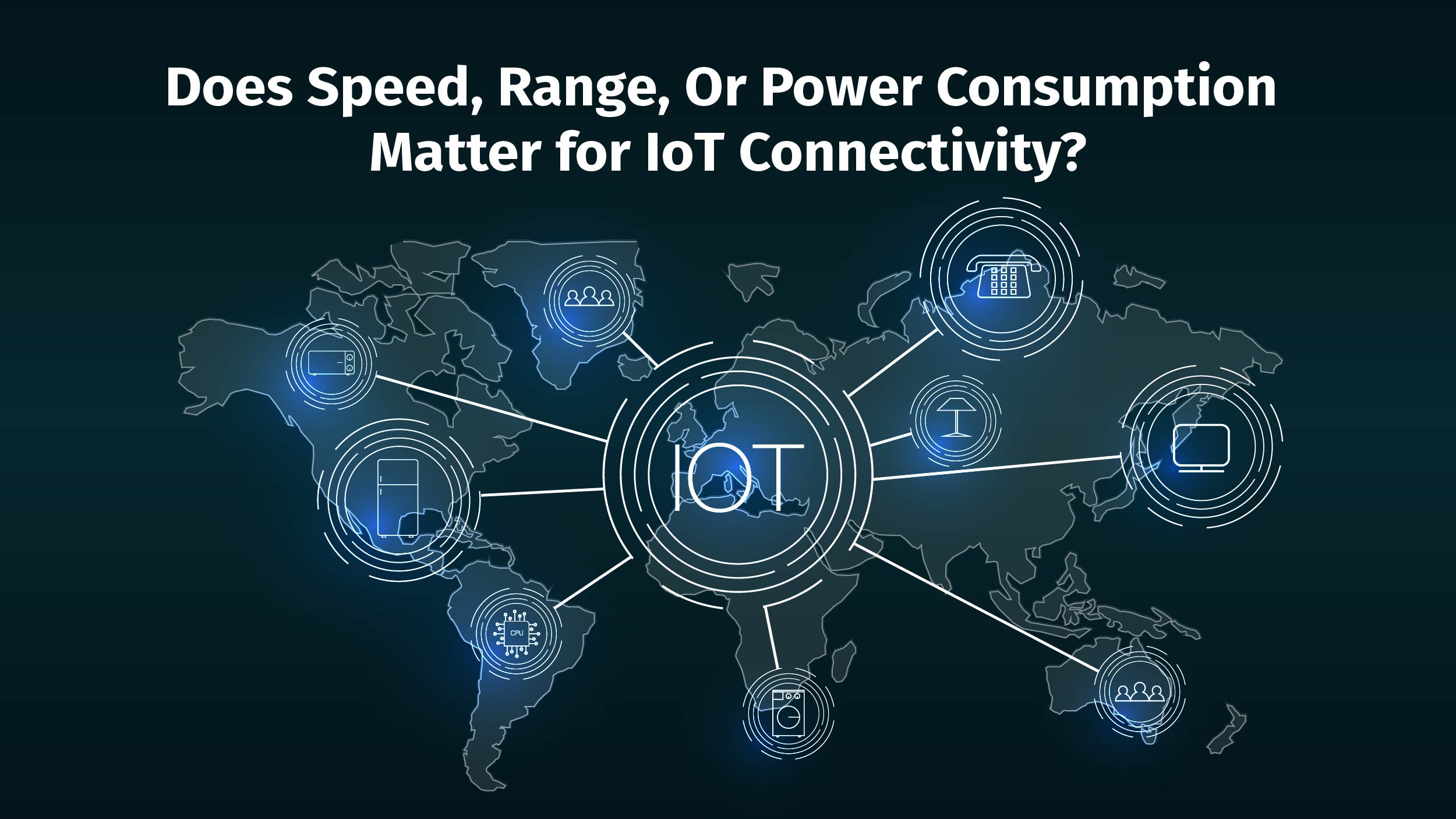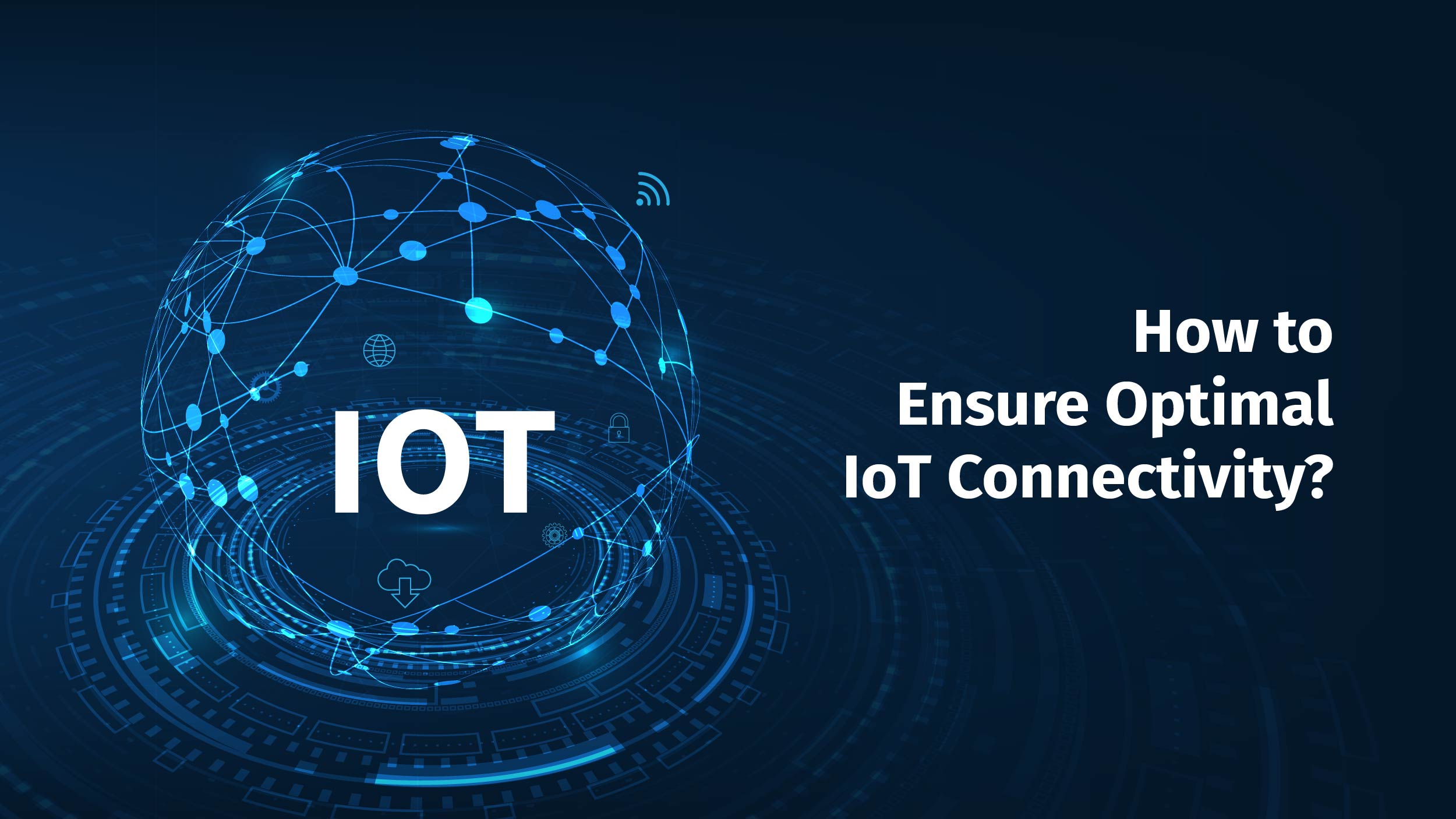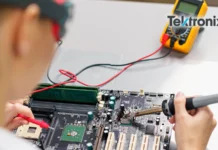In the rapidly evolving landscape of the Internet of Things (IoT), connectivity serves as the foundational infrastructure that empowers smart devices and sensors to communicate, collect data, and drive intelligent decision-making.
As organizations across various industries embrace the transformative potential of IoT, the crucial task of selecting the most suitable connectivity solution has become increasingly complex. From balancing power efficiency and network coverage to weighing the cost implications of different options, the process of navigating IoT connectivity presents a myriad of considerations.
This is exactly what we will be decoding in this blog, let’s delve in.
What is IoT Connectivity?
IoT connectivity refers to how IoT devices, ranging from sensors in factories to self-driving vehicles, connect to various points such as the cloud, other devices, and integration hubs like IoT gateways. It’s a crucial aspect because it facilitates the “Internet” in the Internet of Things. Without connectivity, these devices remain inert objects. IoT connection enables these devices to communicate their data, enabling actions, delivering services, and generating revenue, thereby unlocking the true value of IoT.
In the future, IoT will introduce a surge of smart objects with enhanced connectivity and real-time data collection capabilities. Projections suggest that the global count of IoT devices will approach 30 billion by 2030. Some of the prominent IoT connectivity management platforms include Cisco IoT Control Center, Velos IoT Nomad, Bosch IoT Suite, EMQ, Verizon’s IoT Solutions, and GE Digital’s Predix Industrial IoT Platform.
Does Speed, Range, Or Power Consumption Matter for IoT Connectivity?

When contemplating the ideal IoT connection, three primary factors come into play: bandwidth (speed), coverage range, and power consumption. Each factor carries its weight depending on the specific requirements of the IoT application.
Also Read : How Can IoT Monitoring Revolutionize Your Business Operations?
Bandwidth, or speed, is crucial for IoT devices that necessitate transmitting and receiving large volumes of data. Choosing a network with adequate bandwidth ensures seamless data transmission in such scenarios.
Coverage range is essential when IoT devices are spread across a wide geographical area. Selecting a network with sufficient range ensures reliable connectivity for devices situated far apart.
Power consumption is a critical consideration, particularly for battery-powered IoT devices. Opting for a network with low power consumption extends the device’s battery life, ensuring prolonged operation without frequent recharging.
For instance, Wi-Fi may suffice for stationary IoT devices with limited coverage needs. However, its range is constrained, making it unsuitable for applications requiring flexible coverage. In such cases, alternative IoT connectivity solutions such as cellular connectivity, wifi connectivity, Bluetooth connectivity, and satellite connectivity are preferable to meet the specific requirements effectively.
Few Other Factors to Consider
In addition to speed, range, and power consumption, there are several other factors to consider when selecting the right IoT connection:
- Cost: The cost of IoT connection solutions varies, so it’s essential to consider both initial setup costs and ongoing operational expenses.
- Compatibility with current systems: Ensure that your current system can support an IoT connectivity upgrade, as some solutions can be seamlessly integrated, saving time and money.
- Scalability: Choose an IoT solution that can scale with your business as it grows. Consider future growth plans and opt for a flexible solution.
- Deployment location: Conduct a thorough audit of your location to ensure suitability for your chosen connectivity solution. Factors such as radio interference and physical obstructions can affect performance.
What Factors Should Organizations Consider When Selecting IoT Connectivity Technology?
The landscape of IoT deployments is characterized by a plethora of connectivity standards, presenting organizations with a multitude of options. The choice of IoT connection is paramount in, influencing the overall success and sustainability of the service.
Organizations must carefully evaluate the characteristics of each deployment to determine the most suitable IoT solution. Factors such as speed, latency, cost, and power consumption play a crucial role in this decision-making process. For instance, deployments requiring high-speed, ultra-low latency connectivity may opt for technologies like 5G or 4G cellular IoT, although the associated costs and power usage need to be weighed against the benefits.
Choosing the right connectivity technology is a strategic decision that can impact both short-term performance and long-term scalability and future-proofing. Every situation has specific needs, which fall into technical, commercial, and ecosystem factors.
How to Ensure Optimal IoT Connectivity?

When aiming for a good IoT connection, it’s essential to consider several key factors:
- Battery Life: For IoT devices, the length of battery life is crucial. It’s important to select a connectivity option that minimizes power consumption to ensure that devices can operate for extended periods without requiring frequent battery replacements or recharging.
- Network Coverage: The availability and reliability of network coverage are significant considerations. Depending on the location and scope of the IoT deployment, organizations should evaluate different connectivity options to ensure consistent and robust network coverage.
- Cost: Cost is an important factor in selecting an IoT connection. Organizations should assess the costs associated with different connectivity options, including hardware, data plans, and ongoing maintenance, to determine the most cost-effective solution for their specific IoT project.
- Deployment Characteristics: Each IoT deployment has unique characteristics and requirements. It’s crucial to carefully evaluate these factors, such as the distance over which devices need to communicate, the data transfer speed needed, and the power constraints of the devices, to select the most suitable IoT connection option.
- Connectivity Options: Various connectivity options, such as cellular, WiFi, Bluetooth, and satellite, offer different advantages based on specific IoT project requirements. Organizations should assess the benefits and limitations of each option to determine the most appropriate connectivity solution for their IoT deployment.
By considering these factors and evaluating the specific needs of their IoT projects, organizations can make informed decisions to ensure a good IoT connection that meets their operational requirements and performance expectations.
Final Thoughts
Internet of Things connectivity is a critical aspect of IoT deployments, and selecting the right connectivity option is essential for ensuring reliable and efficient operations. By carefully considering factors such as battery life, network coverage, cost, deployment characteristics, and the available connectivity options, organizations can make informed decisions that align with the specific requirements of their IoT projects. This thoughtful approach to IoT connectivity can lead to improved performance, reduced operational costs, and enhanced overall effectiveness of IoT deployments.




